Greg Boeser
1st Lieutenant
B-26B MA #41-17625 was converted to B-26B-3.
Follow along with the video below to see how to install our site as a web app on your home screen.
Note: This feature may not be available in some browsers.
Ad: This forum contains affiliate links to products on Amazon and eBay. More information in Terms and rules
Thanks for the info, Greg. The serial database presented it as a B-26B-3, which is odd because it usually only considers initial production. It being a conversion certainly explains how out of sequence the number is, since the other B-26B-3s are 41-7947 to 41-7973B-26B MA #41-17625 was converted to B-26B-3.
Well, sounds like I could've saved myself a lot of time by just buying that book. Then again, the afternoon of research was fun anyway. How well would you say the book covers the technical aspects of the Marauder? I have Wolf's book on the B-32 and it had a lot of great information.Wolf reproduces the charts you are looking at in Martin B-26 Marauder: the Ultimate Look.
The Glenn L. Martin Aviation Museum lists #41-17704 as a B-26B-2, so I suspect that it and 41-17625 were pulled from the B-26B MA line for conversion to prototype -2 and -3 specs respectively, which is why they are out of sequence.
Wolf's book has a lot of information gleaned from many sources. The editing is a bit choppy, and he doesn't spend much time weeding out incorrect information. So there are a number of errors in the presentation. Still, it's got a lot of info collected into one place.
According to my favourite book search engine the Tannehill book is readily available tho I personally would not buy it new.
I did not search for the Wolfe book.
View attachment 592975
Agreed, 100%.It is the coolest one.
I have suspected that his is in flying condition again now, or at least in the process of returning to it, since it seems to have gotten a new coat of paint. Would certainly be very interesting to get one of his Kermie Cam videos showing how to start it up and fly it, like the ones he's recorded for other aircraft.Kermit Weeks actually has a short wing B-26 in flying condition.
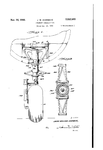
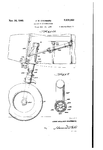
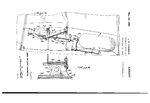
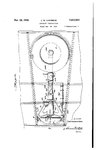
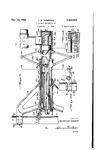
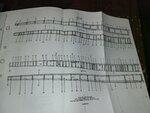
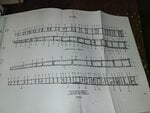
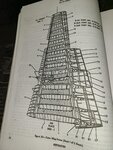
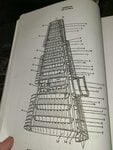






Great stuff.
As always I am jealous of your talent
I'm jealous you found a Monogram B-26B-2
I'm stuck trying to modify a Monogram 1:48 B-26B-25 back to B-26B MA (70th Bomb Squadron modifications) I've got the short wing conversion kit with the small nacelles, short tail, and original nose cone, but the whole rear fuselage needs modification, since the B-26B-15 and later had the waist windows moved further back and eliminated the camera hatch. Plus the field mod observation windows were rectangular. At least the Monogram kit comes with the early tail cone of the B-26B MA to B-26B-10 B-26C-5. My initial hope was to make a B-26 MA, but the vacuform tail that came with the conversion kit was unsatisfactory. No way I could open it up a la 22nd BG style. I'm just not that talented.